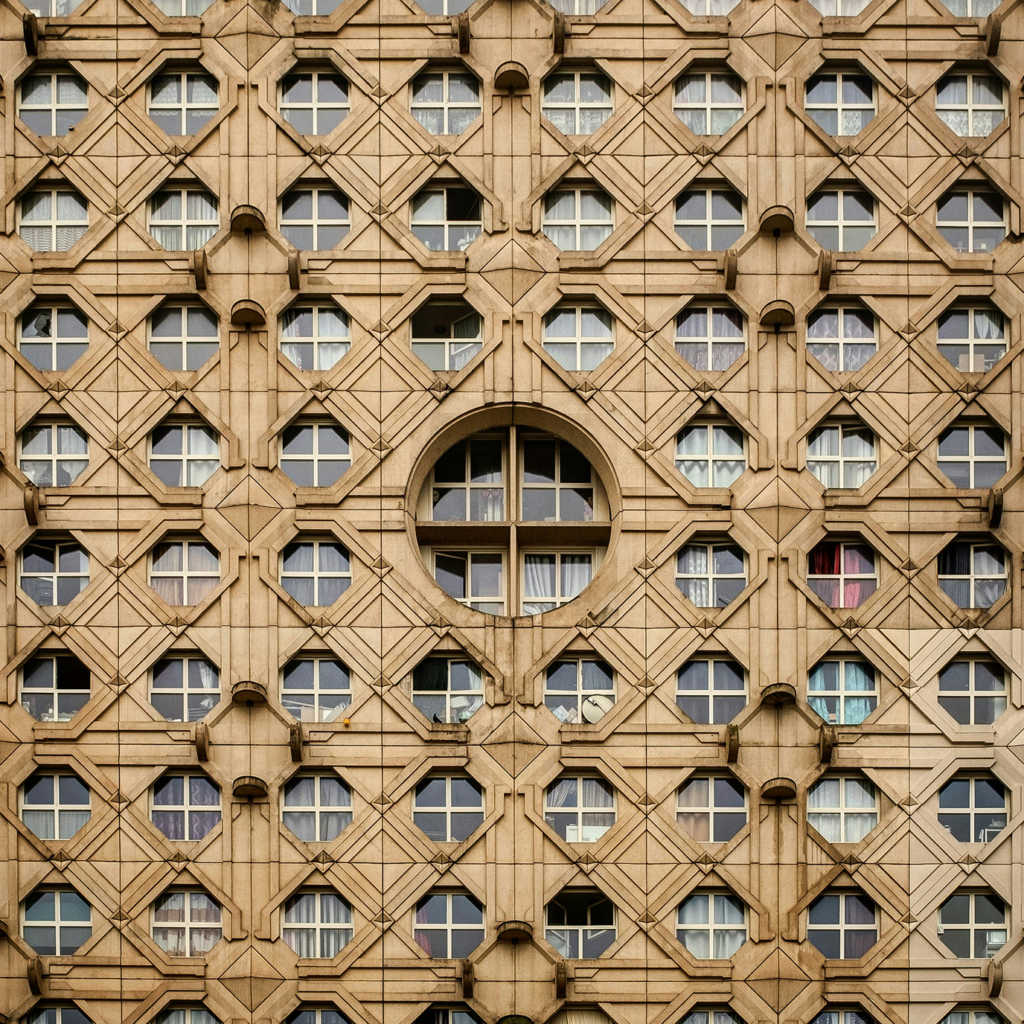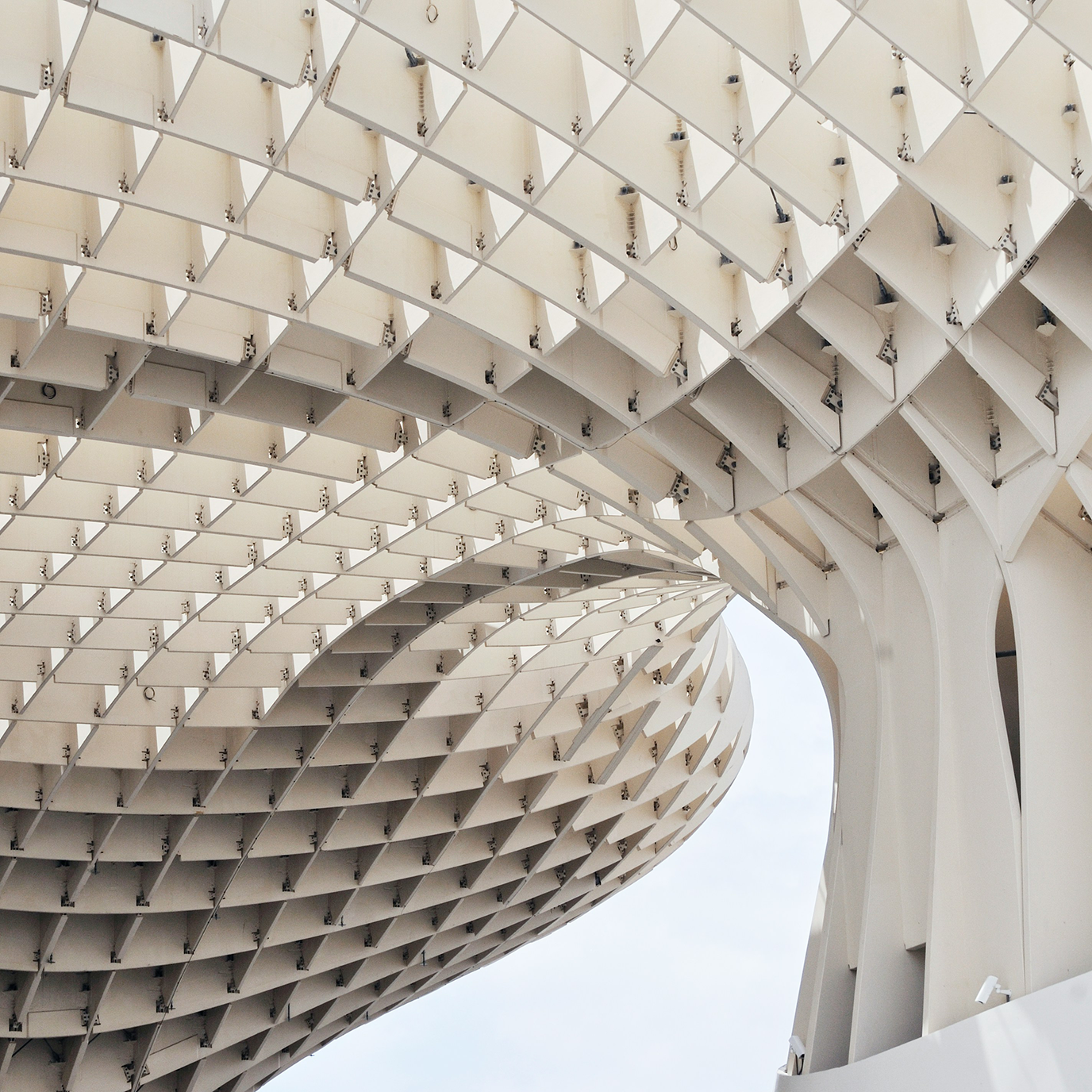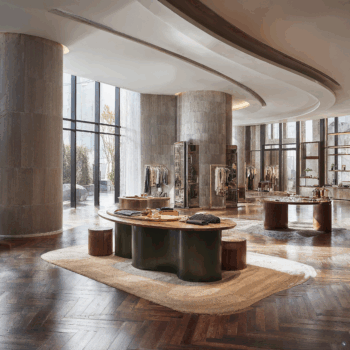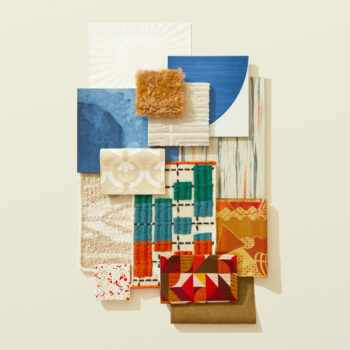
Geometric building skins are not just visually striking; they also serve a functional purpose in modern architecture. The concept of separating structure and surface has been a topic of debate and exploration in architecture since the advent of materials like iron, steel, and concrete. These materials revolutionized building possibilities, allowing architects to explore new ways of designing building envelopes—the exterior surfaces that separate the interior from the exterior environment.
Today, architects have an array of options for designing building envelopes, and geometric building skins are at the forefront of this trend. By utilizing shapes, patterns, and textures, architects can create dynamic and visually interesting façades that challenge the perception of traditional glass and steel towers as boring and monotonous.
Metal, particularly aluminum and steel, is a key material in creating geometric building skins. These materials are not only strong and durable but also highly versatile, allowing them to be shaped and molded into various geometric forms and patterns. Additionally, metals can be treated with finishes such as anodizing or powder-coating to create unique colors and textures, further enhancing the visual appeal of the building skin.
Glass is another crucial material, offering malleability and the ability to be formed into various shapes and sizes. When combined with metal frames, glass can create stunning geometric patterns that also allow natural light to penetrate the building. This reduces the need for artificial lighting, resulting in energy savings.
Ceramic tiles are also commonly used in geometric building envelopes due to their ability to be shaped, glazed, and textured to create a variety of patterns and finishes. Ceramic building skins are durable and long-lasting, making them a practical choice for architectural projects.
A relatively new development in architectural design is kinetic building skins that adapt to external environmental conditions. These innovative building skins not only offer a dynamic visual appearance but also contribute to improved energy efficiency, showcasing the evolving nature of geometric building design in modern architecture.


Read about other unique architectural designs in Tree House Living: Escape to Nature.







